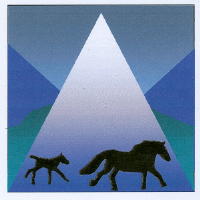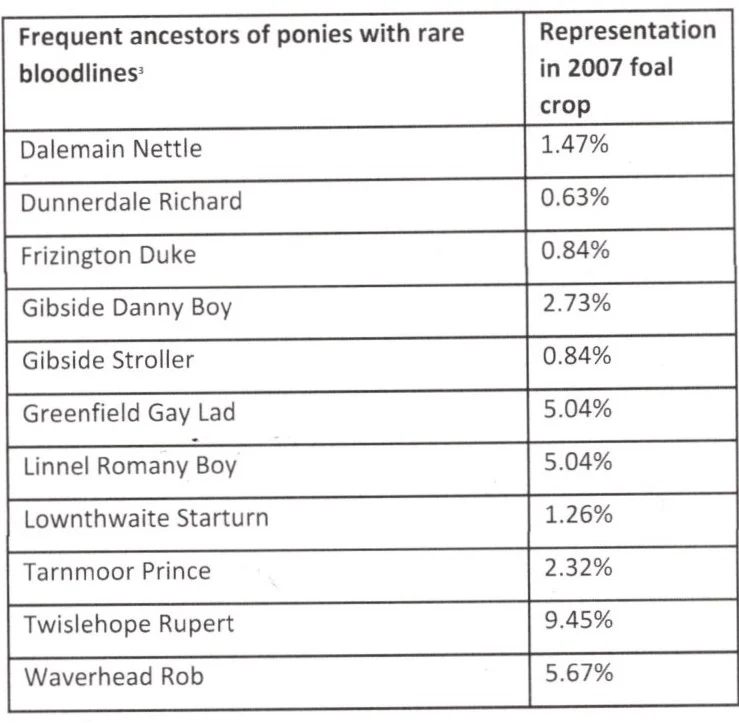In November of 2018, a document was submitted to the UK House of Commons Agriculture Committee in support of Dartmoor Hill Ponies (click here to read it). A Fell Pony advocate suggested that Fell Ponies on the fells need something similar. The Dartmoor document was a response to the Your Dartmoor Action Plan, and specifically an action included therein about “the importance of ponies for conservation grazing.” The Fell Pony unfortunately doesn’t have anything comparable to the Your Dartmoor Action Plan to respond to. So the first step in preparing a Fell Pony mimic to the Dartmoor Pony document is an over-arching plan to respond to. I offered to help pull information together to mimic the Dartmoor pony document for the Fell Pony.
The Your Dartmoor Action Plan is the management plan for Dartmoor National Park. It is reviewed annually and updated as needed. One of the priorities is, “A policy framework for upland farming that supports sustainable farming practices and National Park purposes.” Action 6 regarding that priority states, “Seek to ensure that the importance of ponies for conservation grazing is recognised in future management and funding.”
I propose that to mimic the Dartmoor Pony document, we in the Fell Pony world need a Fells on the Fells Action Plan. The subtitle might be “working to ensure the future of the Fell Pony on the uplands of its historic range.” I’m not aware of such a plan existing, and I would be ecstatic to find out I’m wrong.
The Your Dartmoor Action Plan lays out high level priorities. Then within each priority is a description of what is trying to be achieved and then actions to achieve those goals. For each action, the questions how, who, how funded, and when are answered. Click here to see the Dartmoor plan.
Any action plan, of course, is relatively meaningless without people wanting to implement it. I was told that if all the information were collected, that it could then be put to use. So I’m embarking on collecting information into one place.
The Fell Pony breed relies almost entirely upon volunteers for its stewardship. Bits and pieces of the items that belong in a Fells on the Fells action plan have been mentioned, suggested, and advocated for by people in the Fell Pony community already (to whom I’m grateful.) Yet I’m not aware of the existence of a publicly available comprehensive plan or a single person who has this goal as their full time job. I hate duplicating effort, so if I’m wrong, please stop me from wasting my time!
It’s so important that this sort of plan and work on it be visible, because as volunteers we don’t have time to waste due to duplicated efforts and disorganized voices. We need to be coordinated to be efficient and effective, which means if we’re working on this topic, we all need to know what’s going on. So many of us are on-line these days, that sharing information is easier than ever. We just have to do it!
Parenthetically: My Motivation
Here’s why I care. I’m an American, and I’m all too aware of the difference between the American Shetland Pony and the traditional Shetland Pony. What happens to a breed that loses its roots is very clear to me. (I was fortunate to start my equine life with a Shetland cross pony who still was connected to her working roots in her mind, if not in her body.) A large share of Fell Pony owners in America have never been to England, much less walked on the fells. Their eye for the breed is shaped by the ponies they see here and what other people here say is correct for the breed. It seems entirely within the realm of possibility that several decades down the line, if the Fell Pony breed is no longer rooted in the fells, we could have a similar problem as Shetlands do in America.
So many things point to the importance of this moment in time as being crucial to the future of our breed. There are many in Cumbria who believe there is no future for the Fell Pony on the uplands. They may be right. But there are others who believe that until there are no longer Fell Ponies on the fell, there is hope. An action plan relies on that second group of people who believe our breed has a future, and, hopefully, are willing to work together in that direction.
I have begun the creation of a Fells on the Fells Action Plan by creating a preamble and outline. I then intend, as time and information allows, to fill in the outline. It will be available on-line so that anyone may use it in support of our breed. If you’d like to see the outline, click here. If you have information you think should be in the action plan, please contact me!






































